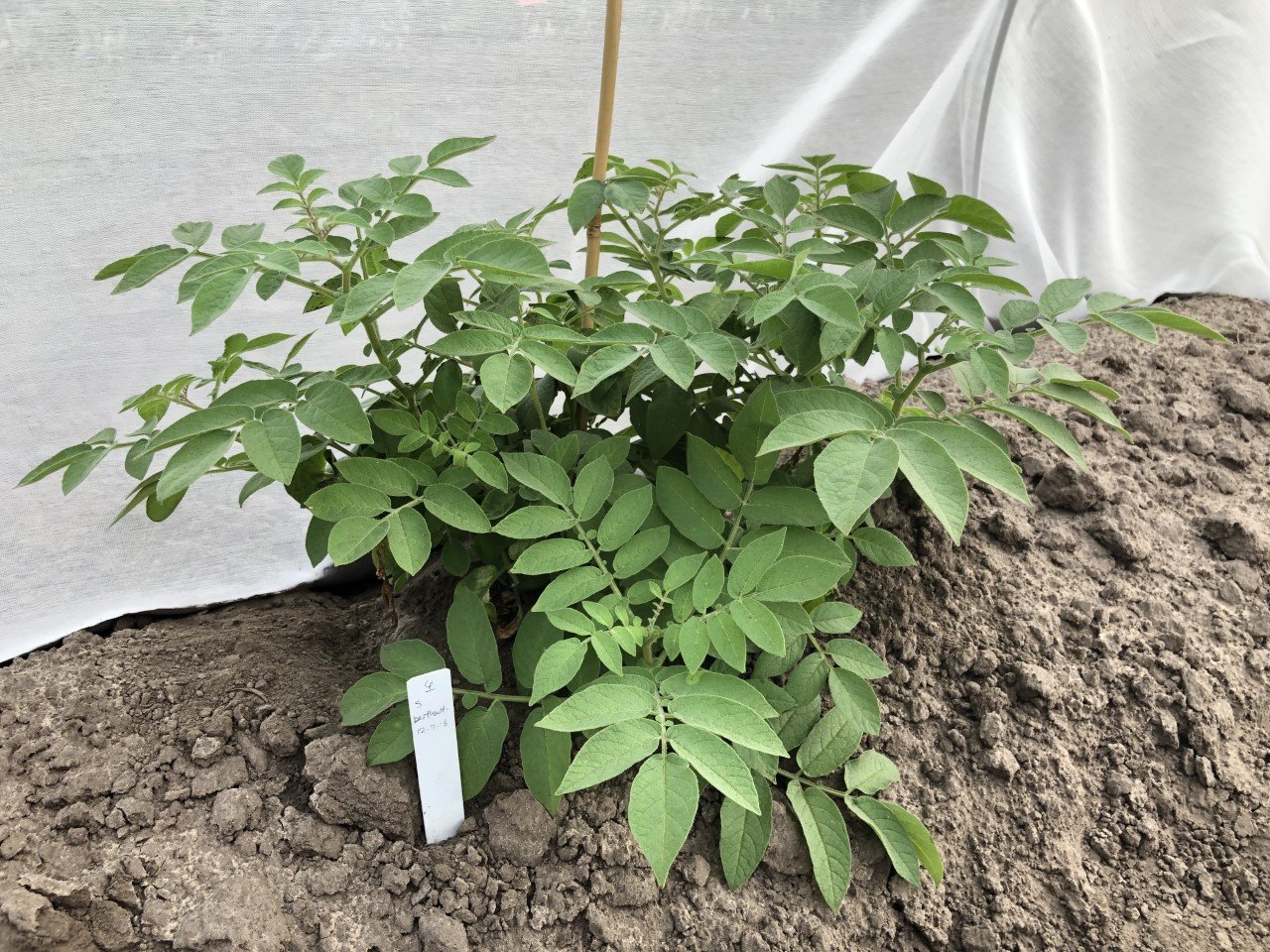Argentina’s Puna Bio has raised $3.7 million for its seed treatment that leverages the power of extremophiles — living microorganisms able to develop and survive in extreme conditions — to strengthen crops against the impacts of climate change and soil degradation.
At One Ventures and Builders VC led the oversubscribed seed round with participation from Brazil-based SP Ventures and Air Capital, as well as follow-on from pre-seed funders IndieBio, GLOCAL, and Grid Exponential.
Funding will enable Puna Bio to launch its first seed treatment for soybeans in Argentina, expand field trials for wheat and corn formulas, and start on a regulatory pathway into the US and Brazil.
At a glance: extremophiles
“Extremophiles are by definition ‘extreme bacteria,’” Puna Bio CEO and co-founder Franco Martínez Levis tells AFN. They can not only survive but also develop and promote plant growth in extreme conditions that would kill most other living things.
- Some of these bacteria are already in use in healthcare settings; the PCR test used for Covid-19 uses an enzyme that comes from an extremophile, says Levis.
- One bacteria does not fit all when it comes to extremophiles. Some are resistant to heat or cold, others can survive in very acidic conditions, and there are extremophiles that can handle drought or high UV radiation, to name a few.
- Puna Bio’s founding team has been studying extremophiles for more than 20 years in the Puna de Atacama of the Andes (“La Puna”), a high-altitude desert that gets one-fifth the rainfall of Death Valley in the US. The company says organisms 3.5 billion years old have “not just survived, but thrived.”
How it works
Puna Bio integrates these extremophiles into a shelf-stable product that growers can apply as a seed coating in order to address specific needs, from enhancing nitrogen uptake to solubilizing phosphate to make it more available to the plants.
- To identify the right extremophiles, Puna Bio’s research team isolates, and studies bacteria to understand which is most relevant for specific crops and use cases. The team then formulates a solution so that the bacteria can initially grow fast, and then maintain a constant population to create a shelf-stable solution.
- The final product is a liquid seed treatment Levis calls “a very concentrated juice of bacteria” growers can apply to their seeds. The extremophile bacteria then works to help plants overcome stress conditions like those listed above.
- The company has presented its soybean product for regulatory approval in Argentina, and is currently carrying out field trials for wheat and corn products (under development).
- Farms can integrate Puna Bio’s product into their workflow without disrupting existing operations.
Why it matters
Climate-proofing the world’s staple crops is getting more urgent by day as the impacts of climate change create increasing in drought, heat waves, flooding, and other extreme environmental conditions. On top of that, a third of the world’s soil is severely “degraded” from continual plowing, chemical fertilizers, and erosion, according to the United Nations.
Farmers must increasingly produce food in these conditions while simultaneously battling today’s soaring input costs, labor costs and other issues.
These factors are already boosting the growth of the crop biologicals market. Levis says Puna Bio says could be at an advantage here in that its use of extremophiles at scale is unique amongst companies and that its products can potentially answer all of the above climate challenges.
Challenges to wider adoption
Levis says there are a couple of major reasons more companies haven’t tried to leverage extremophiles for agriculture use at scale.
Just getting to a location to study extremophiles can be a major challenge for many.
“You not only need scientists, you need scientists that are also adventurers because you need to go to these places that are more than 4,000 meters above sea level,” says Levis. “You have to stay there sometimes for weeks without phone service [or] electricity or sometimes water.”
“Even if you identify where you want to actually isolate bacteria, then you need to understand what you’re looking for,” he continues, adding that all this knowledge, as well as knowing how to culture the bacteria strains, is one of Puna Bio’s key differentiators and a major advantage for the company.
The other big challenge is regulatory.
“In terms of the regulatory aspect, not only with extremophiles but in general to work with biodiversity, and in particular with less studied species, it is key to have precise documentation about the origin of the discovery and regulatory compliance to be able to use the results (whether it is the bacteria, a gene, or an interesting metabolite) both for research and commercial purposes,” says Levis. “That’s why it is key for us to establish relationships with governments and research institutions in advance to have full control of our extremophile collection.
He says the company currently has a collection of more than 500 strains and plans to keep increasing that number. Much of this is unique, which is a key asset for the company that could make it valuable to large biologicals companies wanting to collaborate.
“If you get a soil sample from La Puna 90% of what you find is unknown to science.”
For its top strains, Puna Bio has an exclusive license for 20 years that follows the Nagoya protocol guidelines.
What’s next?
Seed funding will go towards launching the first soybean treatments as well as continuing trials of corn and wheat products. Puna Bio will expand its R&D team as well.
- Puna Bio has scaled to over 20,000 acres of product coverage for soybeans in Latin America, using both single strain and mixed strain products.
- The seed treatment product is already being tested by farmers in the US.
- Levis says the company will relocate part of its operations to the US at some point in the near future and is actively looking for partners and lab space.













